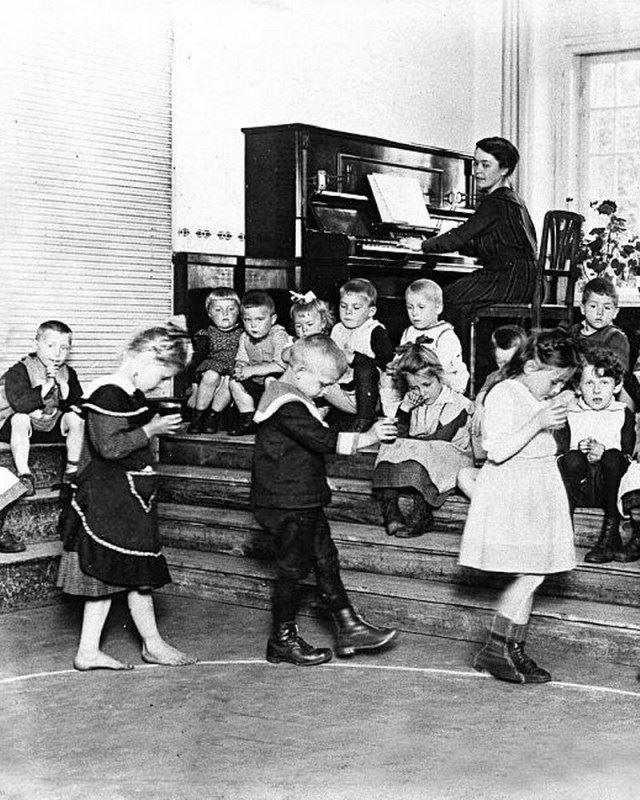
World War I Refugees: Country Trends--Germany

Figure 1.--German military operations created refugeee flows throughtout Europe. With the exception of the Russian offensice inEast Prussia after the Germans launched the war, there were few German refugees. The Germans were, however, affwcted in other ways. Terrible food shortages developed in Germany. And after the War, because of the number of men killed or wounded, large numbers of families were left without breadwinners. This meant that there were many children whose mothers could not support them. The food shortages made the situation even worse. This is a Berlin Kinderheim after World War I in 1920.
|
|
Germany with limited exceptions was not invaded by foreign armies. The War mostly progressed as Germany invading other countries and causing refugee flows in those countries. The major exception was after Germany invaded Belgium and France, the Russians honoring their treaty obligations struck in the East (August 1914). The Germanswere caught off guard by the speed with which the Russians executed their offensive. The brief Russian occupation of East Prussia caused about 1 million Germans to flee their homes. Here there does not appear to be any precise accounting. It proved, however, a temporary crisis because stunning German victories allowed most of these refugees to return home. We are not sure at this time how quickly this occurred or to what extent the 1914 harvest was affected. East Prussia was an important agricultural area. While Germany did not have a major refugee crisis, it did experience major food shortages. This was essentially a refugee-type problem with a population in place. Germany would have been invaded by the Western Allies had the War cotinued into 1919. But as Germany was not invaded, there was no refugee crisis. The major exception was the Germans expelled from Alsace-Loraine after the War. A much larger problem was the huge food shortage that had developed in Germany during the War. Although Germany did not have a major refugee problem, it did have a huge food problem. Shortges befan very early because imports were cut off and harvests were adversely affected by labor shortages and the lack of needed inpurs like fertilizer. The Turnip Winter (1916-17) was the major event mid-way through the War, but shotages by the end of the War were very severe. he llies occupied the Rhineland after the Armisice (November 1918). This was not a war-time occupation. Thus German civilians were mo displaced. The greates problem in Germany after the War was children who had lost their fathers and thu families unablle to care for their children. This and the severe food shoerahes created a seious situation for children. Thus children's homes (Kinderheime) were set up to care for the children.
CIH -- WW I

Navigate the Boys' Historical Clothing Web Site:
[Return to Main World War I German page]
[Return to Main World War I country refugee page]
[Return to Main World War I displaced children page]
[Return to Main 20th century refugee page]
[Return to Main refugee page]
[About Us]
[Aftermath]
[Alliances]
[Animals]
[Armistace]
[Biographies]
[Causes]
[Campaigns]
[Casualties]
[Children]
[Countries]
[Declaration of war]
[Deciding factors]
-------[Diplomacy]
[Economics]
-------[Geo-political crisis]
[Home front]
[Intelligence]
[Military forces]
[Neutrality]
[Pacifism]
[People]
[Peace treaties]
[Propaganda]
[POWs]
[Russian Revolution]
[Terrorism]
[Trench warfare]
------[Technology]
[Weaponry]
[Bibliographies]
[Contributions]
[FAQs]
[Images]
[Links]
[Registration]
[Tools]
[Return to Main World War I page]
[Return to Main war essay page]
[Return to CIH Home page]
Created: 6:41 AM 5/5/2016
Last updated: 6:41 AM 5/5/2016



